Biodiversity is referred to as “the variety of plant and animal life in a particular habitat; a high level of which is usually considered to be vital and desirable”. We might not realize, but biodiversity is associated with several vital eco-systemic services, like soil retention, regulation of water, oxygen production, to name a few. The simple fact that the loss of these eco-systemic services has the potential to have huge impact on the social and economic stability, makes preserving the biodiversity the next big global mission. As per a report on Deforestation & Forest Degradation by World Wildlife Fund (WWF), nearly 18 million acres of forests – area worth 27 soccer fields, are lost every year. Intimidating figures like this have led countries and leading corporates revisit their developmental plans for the next few years. The UN Environment Programme (UNEP) annually organizes events for World Environment Day, which encourages worldwide awareness and action for the protection of the environment. To care for ourselves we must care for nature.
The theme for World Environment Day 2020 is, ‘Time for Nature,’ with a focus on its role in providing the essential infrastructure that supports life on Earth and human development. As a leading global developer of power transmission infrastructure and a responsible corporate, Sterlite Power has relentlessly been working to integrate renewables to the grid at an accelerated pace to limit the global temperature rise well below 20C above pre-industrial levels. Sterlite Power acknowledges the need to act in the area of biodiversity preservation. We believe that for any community to truly prosper, it is important to nurture coexistence. Any development can only benefit the society, if it fosters sustainability. Driven by our core purpose – “Empowering humanity by addressing the toughest challenges of energy delivery”, we ensure maintenance of a healthy ecosystem across the lifecycle of our projects.
Minimal Impact on Environment in Jammu & Kashmir
In NRSS-29, one of the largest private sector transmission projects in India till date, Sterlite Power had to lay transmission lines across the treacherous terrains of Jammu & Kashmir. The major challenges here were the tough mountainous region and the uncertain weather conditions. In order to overcome the challenges of extreme geographical barriers, we went ahead with innovative use of aerial technology
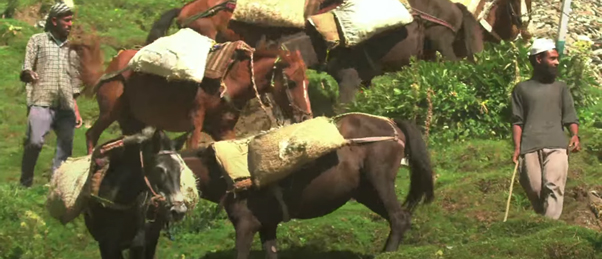
The transport of heavy weight transmission tower parts and raw materials was done by helicranes, which until now was traditionally being done with the help of thousands of mules and humans. This had a direct impact on the environment. Moreover, the usage of aerial technologies like helicranes and drones for wire stringing and surveillance also led to minimal environmental impact on ground.
Working towards a sustainable community in Jharkhand
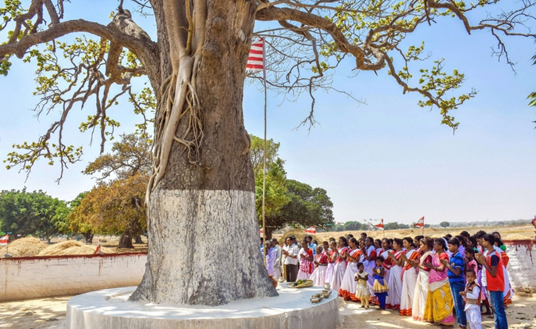
Our Purulia-Kharagpur transmission line passed through the Sarna community, which has worked tirelessly to preserve their small tracts of land. We respected their tradition and worked with the community leaders for alternate solutions. We also carried out necessary rituals to ensure that their tradition got the deserved respect, while the flora of the region remained intact, and the region got access to the need-of-the-hour – electricity.
Addressing the Human-Elephant Conflict
Human – Elephant Conflicts are widely prevalent in Assam and other parts of North East region (NER). The shrinking of natural habitat has resulted in elephants and other wild animals venturing into human habitats, leading to casualties on both sides and resulting in forest clearance issues. At Sterlite Power, we wanted to be an example and set a benchmark for ourselves and all the future development projects. It was our primary responsibility to keep our employees and teams safe during our project, while also ensuring that no elephants go through any trauma resulting from these conflicts. We invited an elephant behaviour scientist who gave the right guidance to eliminate any incidents. The expert worked with our project team and build operating procedures for safety and train them accordingly. The implementation of these guidelines to safeguard our staff from human-
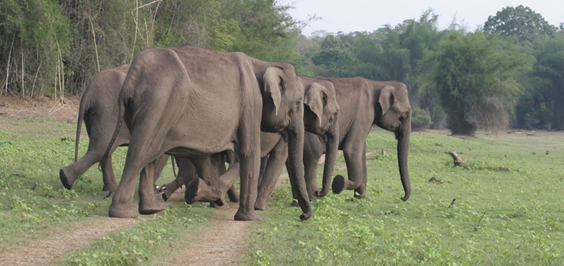
elephant conflicts and stringently following it has made us the pioneer in the region to do something about a problem that is grappling the region.
Preserving Endangered Species
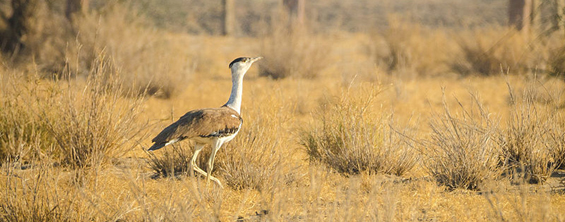
Our bit towards preserving biodiversity starts well before the project execution processes. During the pre-bidding surveys for a power transmission project in Rajasthan, we found that the area is home to the Great Indian Bustard – a critically endangered species on the verge of extinction. The challenge was to prevent birds and other aerial or arboreal species from getting harmed by the project.
We got in touch with local ornithologists, so that we could together work towards a way where Sterlite Power’s transmission line towers and wires extended no harm to the rare species of birds.We could build a device which emits certain wavelength that can only be heard by birds (and other animals except for humans). This will prevent the birds from coming near the towers, and hence, the danger of them getting electrocuted can be easily averted.
Giving it back to the environment
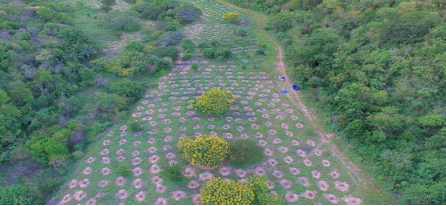
During the construction of Sterlite Power’s first project in Brazil, which covered 139 km of power lines and 3 substations to boost wind energy transmission in the Pernambuco region, we ensured there is minimal impact to environment. Additionally,we planted over 7200 seedlings of native species around the project site, reaffirming our resolve to keep the flora of the region intact. With the aim to work towards reduction of our carbon footprint, Sterlite Power, from time-to-time takes part in tree plantation initiatives across various regions of Brazil.
In 2020, the theme for World Environment Day is biodiversity – a concern that is both urgent and existential. It is important that we all come forward and work towards a world where wildlife and community development coexist. Recent events, from bushfires in Brazil, to locust infestations across India – and now, a global pandemic – demonstrate the interdependence of human, and nature and the webs of life, in which they co-exist. And sustainable development is the key to a progressive world.
Author:
Monalisa Sahoo, Group CMO, Sterlite Power
Disclaimer: The views and opinions expressed in this article are those of the author(s) and do not necessarily reflect the official policy or position of Sterlite Power.
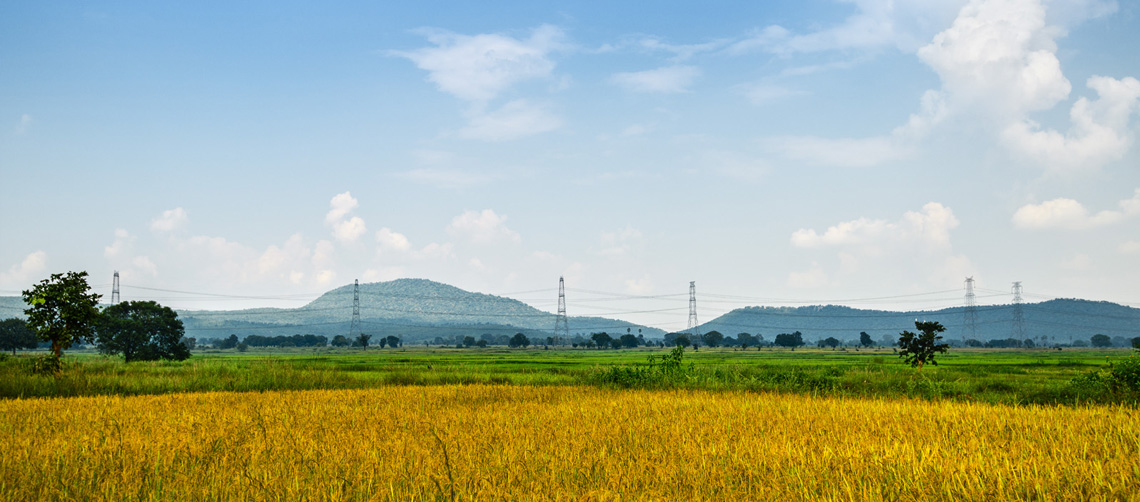
 Please wait...
Please wait...